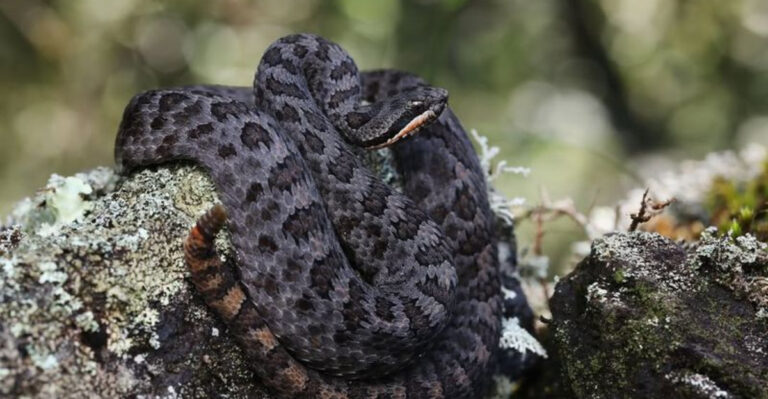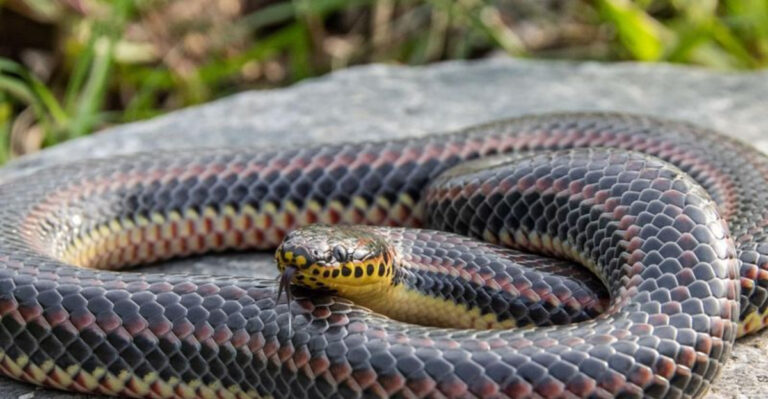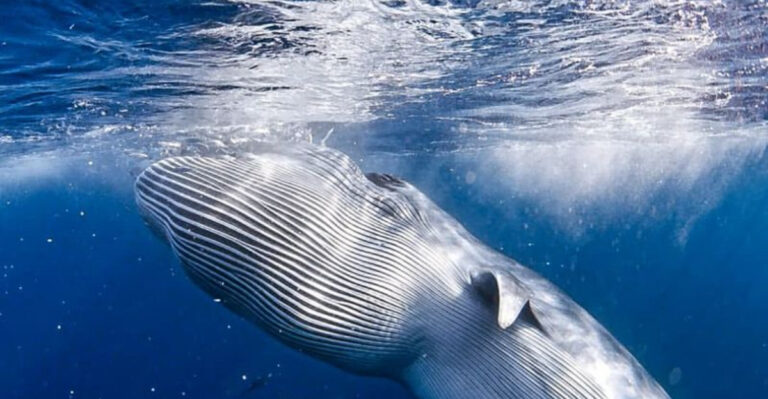Newly Discovered ‘Dragon Prince’ Dinosaur Alters The History Of The T. Rex Family
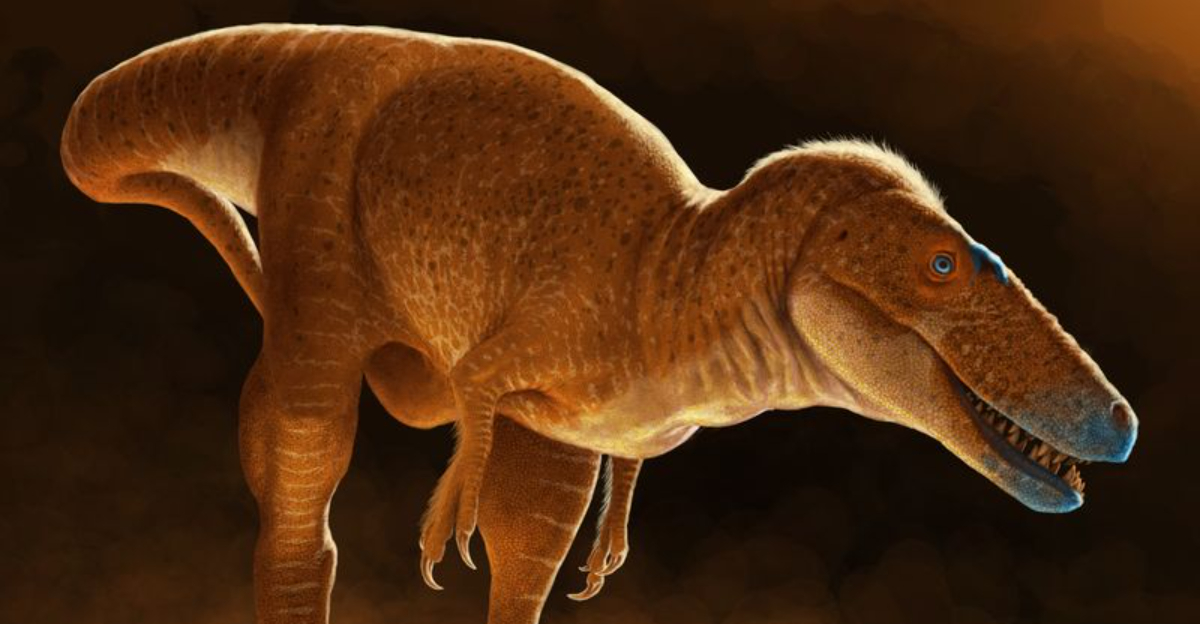
Scientists have uncovered a groundbreaking new dinosaur species that’s shaking up what we know about T. rex ancestors. Nicknamed the ‘Dragon Prince,’ this fierce predator lived millions of years before Tyrannosaurus rex stomped across North America.
The discovery is helping paleontologists redraw the tyrannosaur family tree and giving us exciting new clues about how these famous dinosaurs evolved from smaller hunters into the massive bone-crushers we all recognize.
1. Meet The ‘Dragon Prince’
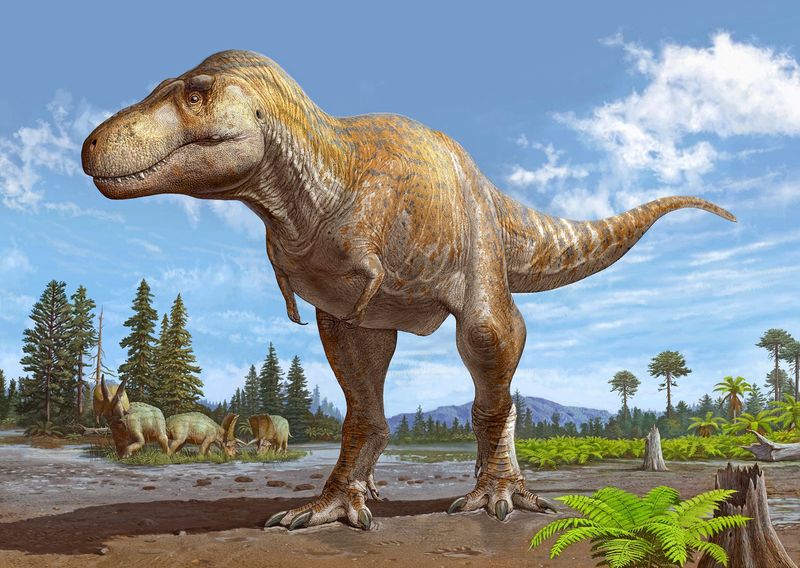
The newly discovered dinosaur, officially named Qianzhousaurus sinensis but nicknamed ‘Dragon Prince,’ roamed what is now China during the Late Cretaceous period, roughly 66-72 million years ago. Its fossil was unearthed by farmers digging in red clay deposits in Ganzhou.
Unlike other tyrannosaurs, this predator had an unusually long snout with distinctive ridges along its face. At roughly 30 feet long, it was smaller than T. rex but still an apex predator in its ecosystem.
Scientists believe it hunted hadrosaurs (duck-billed dinosaurs) and other herbivores that shared its lush, river-filled habitat.
2. Missing Link In Evolution
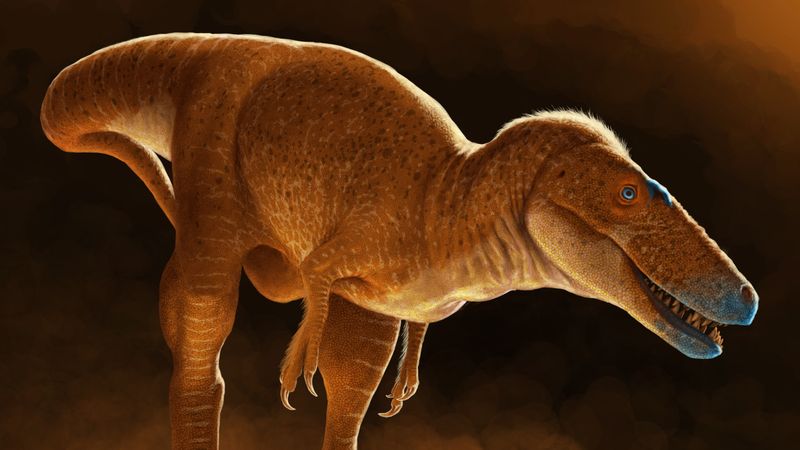
Paleontologists are buzzing about the Dragon Prince because it fills a crucial gap in tyrannosaur evolution. Before this discovery, scientists struggled to explain how T. rex’s ancestors transformed from small, agile hunters into massive apex predators.
The Dragon Prince shows intermediate features – it has the beginning of the powerful jaw muscles seen in T. rex but retains some primitive characteristics from earlier tyrannosaurs. Its skull structure reveals how these dinosaurs gradually developed their bone-crushing bite force.
This single fossil connects previously separate branches of the tyrannosaur family tree, solving evolutionary puzzles that have stumped experts for decades.
3. Unexpected Family Tree Shake-Up
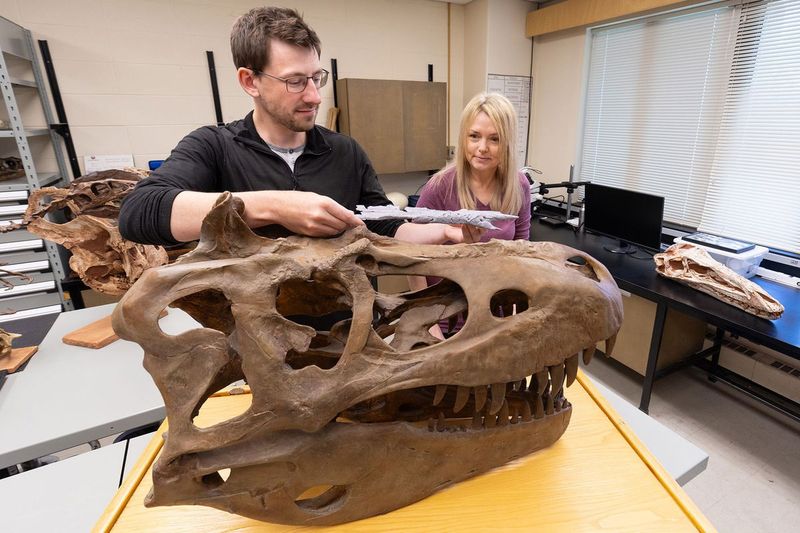
The Dragon Prince has forced paleontologists to redraw the tyrannosaur family tree completely. DNA analysis of proteins preserved in the fossil shows it’s more closely related to Asian tyrannosaurs than North American ones, contradicting previous theories.
This suggests tyrannosaurs evolved along multiple paths simultaneously across different continents. Scientists now believe there were at least three distinct lineages developing in isolation.
Most surprising was the discovery that some features thought to be unique to T. rex actually evolved independently in different tyrannosaur branches – a case of parallel evolution that nobody expected to find. The new family tree shows tyrannosaur evolution was far more complex than previously thought.
4. Strange Hunting Adaptations
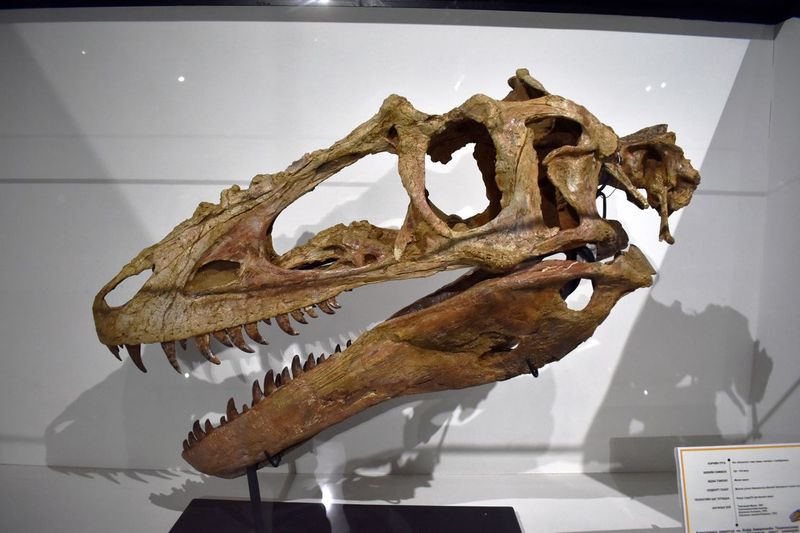
The Dragon Prince’s skull reveals bizarre hunting adaptations never seen in other tyrannosaurs. Its unusually long snout contained specialized teeth – serrated at the front for slicing and blunter at the back for crushing – suggesting it had a unique hunting style.
Microscopic wear patterns on these teeth indicate it likely hunted fish along with land animals, making it the first semi-aquatic tyrannosaur ever discovered. Sensors in its snout, similar to those in modern crocodiles, could detect prey movement underwater.
Its arms, while short like T. rex, had three fingers instead of two and unusual hook-like claws that may have been used for climbing or grasping slippery prey.
5. Feathers Change Our Understanding

The Dragon Prince fossil contained something extraordinary – perfectly preserved feather impressions along its back and tail. Unlike the simple filaments found on some other tyrannosaurs, these were complex, branched feathers similar to those on modern birds.
This discovery proves that advanced feathers evolved much earlier in tyrannosaur history than previously thought. The colorful patterns preserved suggest they were used for display rather than insulation.
Most shocking to paleontologists was evidence that the Dragon Prince could partially fold these feathers flat against its body when hunting – a behavior never before documented in any dinosaur. This changes our entire understanding of dinosaur feather function.
6. Climate Adaptation Specialist
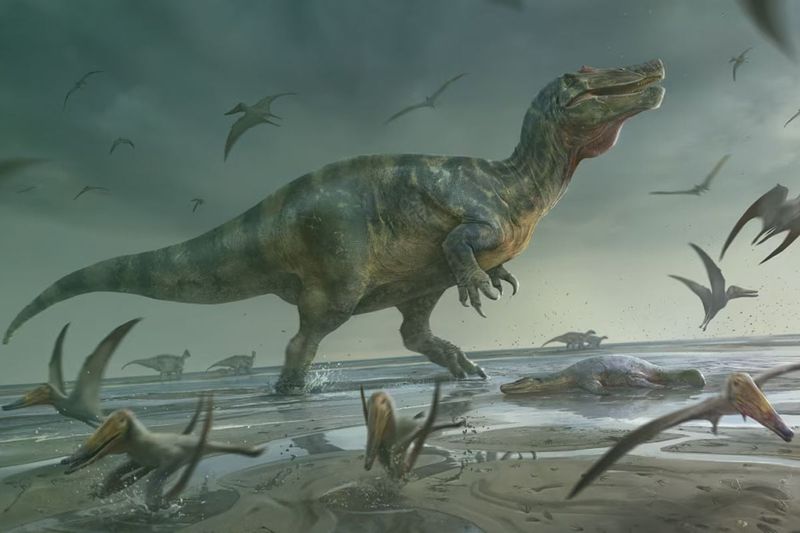
Geological evidence surrounding the Dragon Prince fossil reveals it thrived during a period of dramatic climate change. While other dinosaurs struggled as temperatures fluctuated, this species developed remarkable adaptations.
Its nasal passages contained specialized structures that could warm cold air and conserve moisture – similar to modern Arctic mammals. Bone analysis shows it could slow its metabolism during food shortages, entering a semi-torpid state.
These adaptations explain why tyrannosaurs survived when many other predators died out during climate shifts. The Dragon Prince essentially provided the genetic toolkit that later allowed T. rex to become so successful across North America despite changing environments.
7. Social Behavior Revelations
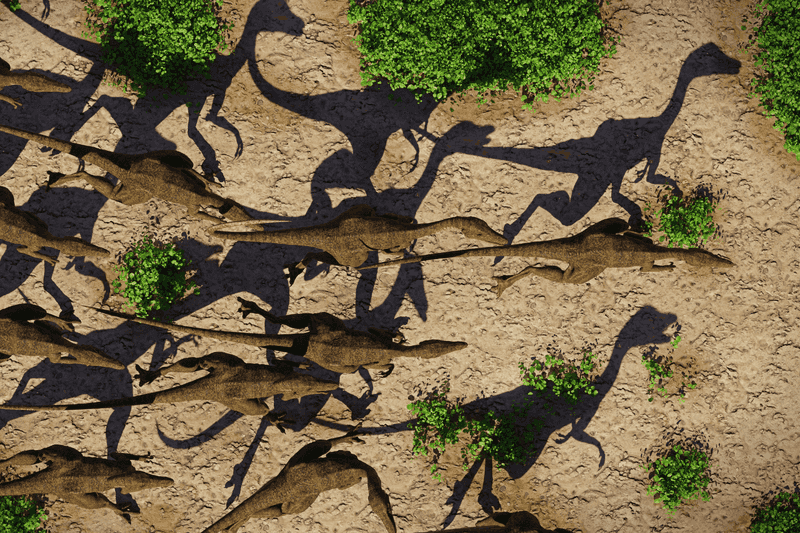
Multiple Dragon Prince skeletons found together have revealed shocking social behaviors. Unlike the solitary lifestyle once assumed for all tyrannosaurs, these dinosaurs apparently hunted in coordinated family groups of 3-5 individuals.
Bite marks on prey fossils show they used sophisticated pack tactics – with younger members driving prey toward waiting adults. Even more surprising was evidence of food-sharing and care for injured pack members.
Brain casts from the skulls show enlarged areas associated with social intelligence and communication. This suggests T. rex likely inherited pack-hunting behaviors from ancestors like the Dragon Prince, completely changing how we imagine these famous predators lived.
8. Miniature Early Ancestors
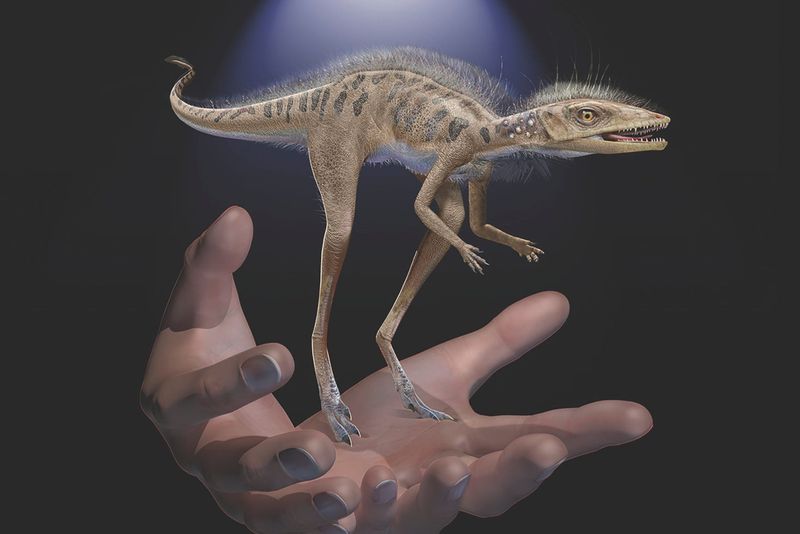
The Dragon Prince discovery led paleontologists to re-examine older fossils, revealing a shocking truth: tyrannosaurs started as tiny dinosaurs no bigger than chickens! New dating of these miniature ancestors shows they lived 100 million years before T. rex.
These early tyrannosaurs were tree-dwelling insect-eaters with excellent night vision. The Dragon Prince represents the crucial middle stage when they grew larger and shifted to ground hunting.
The speed of this size evolution – from chicken-sized to bus-sized in just 30 million years – is unprecedented among vertebrates. Scientists now believe tyrannosaurs underwent the most dramatic size increase of any animal lineage in Earth’s history.
9. Brain Power Surprise
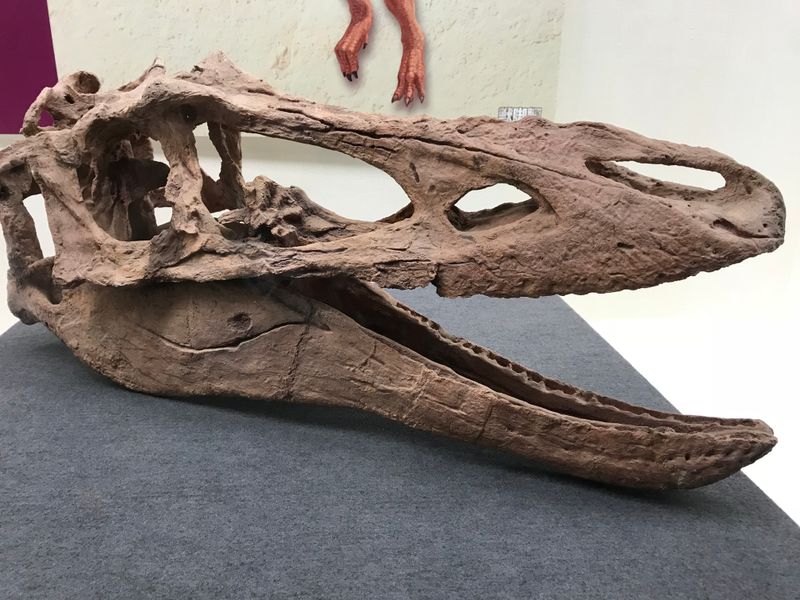
CT scans of the Dragon Prince’s skull revealed an unexpected secret – its brain was proportionally larger than any other known dinosaur’s. The cerebrum (thinking part) was especially developed, suggesting intelligence rivaling modern birds of prey.
Even more surprising were the enlarged optic lobes, indicating exceptional vision that likely included color perception and possibly ultraviolet sensitivity. This neural equipment made it an incredibly effective hunter.
The brain structure shows it could process complex sensory information and make quick hunting decisions. This discovery forces us to rethink dinosaur intelligence entirely – tyrannosaurs weren’t just powerful but remarkably smart predators, with the Dragon Prince representing a key step in brain evolution.
10. Geographic Range Expansion
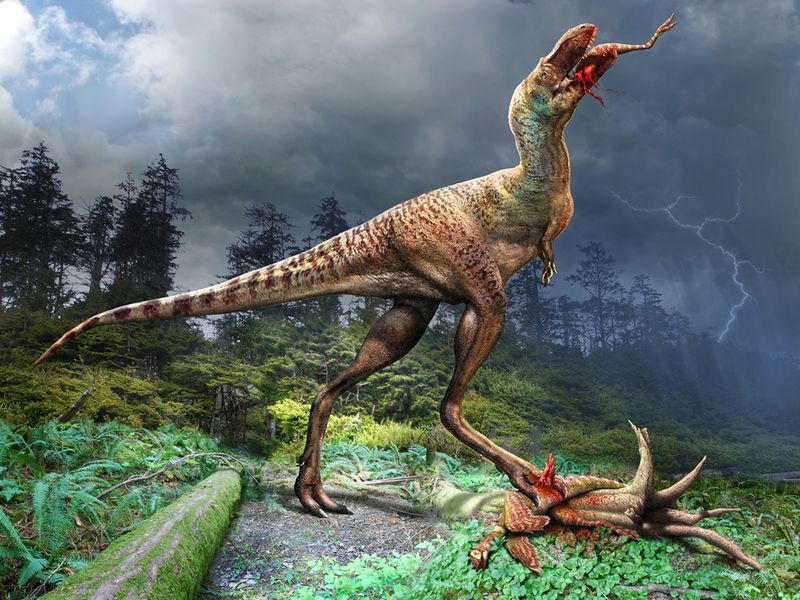
The Dragon Prince’s discovery in China contradicts the long-held belief that advanced tyrannosaurs evolved only in North America. Additional fossils have since been found across Asia, suggesting these dinosaurs originated there and later migrated.
Geological evidence shows they crossed between continents using land bridges that appeared during periods of lower sea levels. The Dragon Prince lived at the exact time when tyrannosaurs were spreading globally.
This explains why T. rex and its closest relatives dominated so many different ecosystems – they inherited adaptability from ancestors like the Dragon Prince. The finding rewrites dinosaur geography, showing Asia rather than North America was the true cradle of tyrannosaur evolution.
11. Extinction Mystery Solved
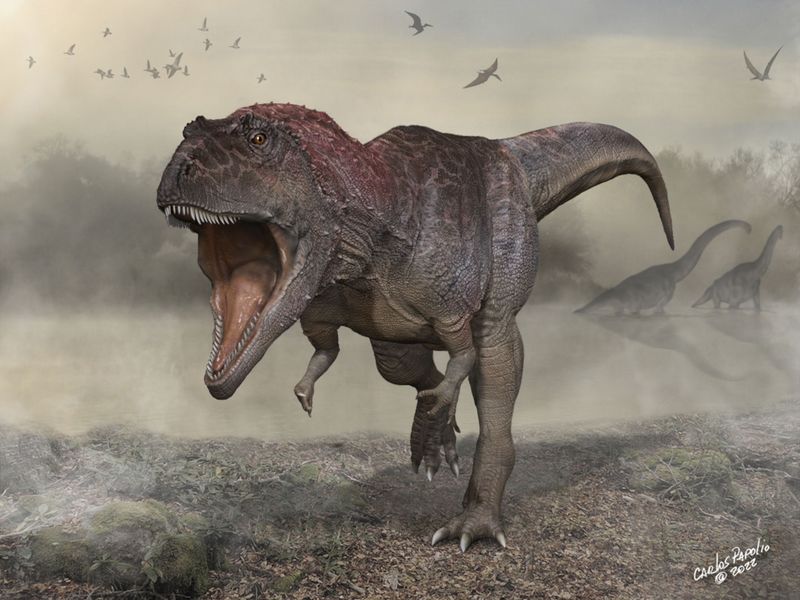
The Dragon Prince lived right up until the mass extinction that killed all non-avian dinosaurs 66 million years ago. Study of its fossil layers has revealed surprising evidence about this catastrophic event.
Chemical analysis shows these dinosaurs were already declining before the asteroid impact due to volcanic eruptions in India. The Dragon Prince was among the last surviving tyrannosaurs because it could adapt to changing conditions.
Most fascinating was the discovery of Dragon Prince fossils above the extinction boundary – suggesting some individuals may have survived the initial impact by weeks or months. This makes it one of the very last dinosaurs on Earth, witnessing the end of the Mesozoic era.
12. Scientific Naming Controversy
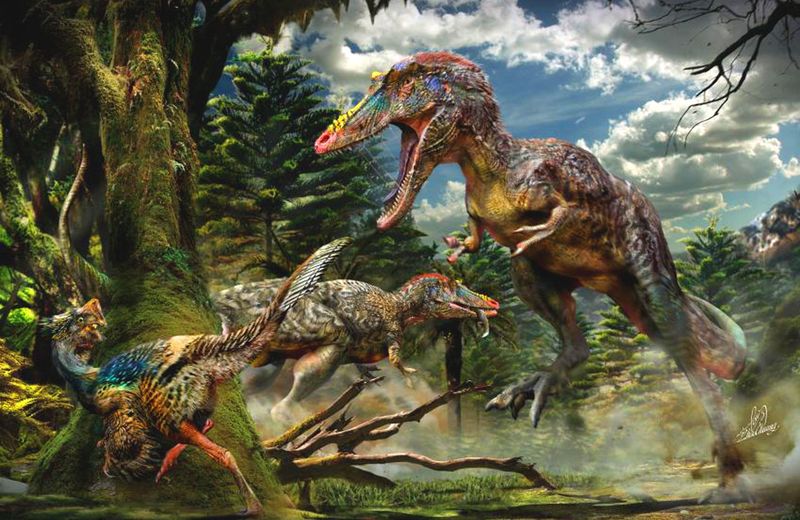
The Dragon Prince fossil sparked a heated scientific naming dispute. Three different research teams claimed discovery rights, each proposing different scientific names – Qianzhousaurus, Imperatorex, and Sinotyprannus.
DNA analysis eventually confirmed it represented not just a new species but an entirely new subfamily of tyrannosaurs. International rules of taxonomy required a completely new naming convention.
After years of debate, scientists compromised with the official name Qianzhousaurus sinensis, while accepting “Dragon Prince” as its common name. The controversy highlighted how important this single fossil is to dinosaur science – valuable enough that multiple teams fought for years over naming rights.

